AI Dashboard is available on the Web, Apple, Google, and Microsoft, PRO version
What is Mac OS X Boot Process:
The Mac OS X boot process involves several stages, in which the operating system performs various tasks to prepare the system for use.
- When the Mac is powered on, the firmware (a low-level software that controls the hardware) performs a power-on self-test (POST) to check the hardware components.
- The firmware loads the bootloader, which is responsible for loading the operating system kernel and transferring control to it. In Mac OS X, the bootloader is called the boot.efi file.
- The operating system kernel, which is the core of the operating system, initializes the system and starts the system services.
- The system services, such as the device drivers, are loaded and initialized.
- The operating system loads the user profile and starts the user interface, such as the desktop or the login screen.
- The user can log in and start using the system.
This is a general overview of the Mac OS X boot process. The exact sequence of events may vary depending on the specific version of Mac OS X and the hardware configuration of the system.
| Boot ROM | Firmware. Part of Hardware system BootROM firmware is activated |
| POST | Power-On Self Test initializes some hardware interfaces and verifies that sufficient memory is available and in a good state. |
| EFI | Extensible Firmware Interface EFI does basic hardware initialization and selects which operating system to use. |
| BOOTX | boot.efi boot loader load the kernel environment |
| Rooting/Kernel | The init routine of the kernel is executed boot loader starts the kernel’s initialization procedure Various Mach/BSD data structures are initialized by the kernel. The I/O Kit is initialized. The kernel starts /sbin/mach_init |
| Run Level | mach_init starts /sbin/init init determines the runlevel, and runs /etc/rc.boot, which sets up the machine enough to run single-user. rc.boot figures out the type of boot (Multi-User, Safe, CD-ROM, Network etc.) |
- Power is turned on.
- Open Firmware code is executed.
- Hardware information is collected and hardware is initialized.
- Something (usually the OS, but also things like the Apple Hardware Test, etc.) is selected to boot. The user may be prompted to select what to boot.
- Control passes to /System/Library/CoreServices/BootX, the boot loader. BootX loads the kernel and also draws the OS badges, if any.
- BootX tries to load a previously cached list of device drivers (created/updated by /usr/sbin/kextcache). Such a cache is of the type mkext and contains the info dictionaries and binary files for multiple kernel extensions. Note that if the mkext cache is corrupt or missing, BootX would look in /System/Library/Extensions for extensions that are needed in the current scenario (as determined by the value of the OSBundleRequired property in the Info.plist file of the extension’s bundle.
- The init routine of the kernel is executed. The root device of the booting system is determined. At this point, Open Firmware is not accessible any more.
- Various Mach/BSD data structures are initialized by the kernel.
- The I/O Kit is initialized.
- The kernel starts /sbin/mach_init, the Mach service naming (bootstrap) daemon. mach_init maintains mappings between service names and the Mach ports that provide access to those services.
From here on, the startup becomes user-level:
- mach_init starts /sbin/init, the traditional BSD init process. init determines the runlevel, and runs /etc/rc.boot, which sets up the machine enough to run single-user.
- rc.boot figures out the type of boot (Multi-User, Safe, CD-ROM, Network etc.). In case of a network boot (the sysctl variable kern.netboot will be set to 1 in which case), it runs /etc/rc.netboot with a start argument.
Source: http://osxbook.com/book/bonus/ancient/whatismacosx/arch_startup.html
Get 20% off Google Google Workspace (Google Meet) Standard Plan with the following codes: 96DRHDRA9J7GTN6
 Get 20% off Google Workspace (Google Meet) Business Plan (AMERICAS): M9HNXHX3WC9H7YE (Email us for more codes)
Get 20% off Google Workspace (Google Meet) Business Plan (AMERICAS): M9HNXHX3WC9H7YE (Email us for more codes)
Active Anti-Aging Eye Gel, Reduces Dark Circles, Puffy Eyes, Crow's Feet and Fine Lines & Wrinkles, Packed with Hyaluronic Acid & Age Defying Botanicals

Active Hydrating Toner, Anti-Aging Replenishing Advanced Face Moisturizer, with Vitamins A, C, E & Natural Botanicals to Promote Skin Balance & Collagen Production, 6.7 Fl Oz


Age Defying 0.3% Retinol Serum, Anti-Aging Dark Spot Remover for Face, Fine Lines & Wrinkle Pore Minimizer, with Vitamin E & Natural Botanicals


Firming Moisturizer, Advanced Hydrating Facial Replenishing Cream, with Hyaluronic Acid, Resveratrol & Natural Botanicals to Restore Skin's Strength, Radiance, and Resilience, 1.75 Oz

Skin Stem Cell Serum


Smartphone 101 - Pick a smartphone for me - android or iOS - Apple iPhone or Samsung Galaxy or Huawei or Xaomi or Google Pixel
Can AI Really Predict Lottery Results? We Asked an Expert.
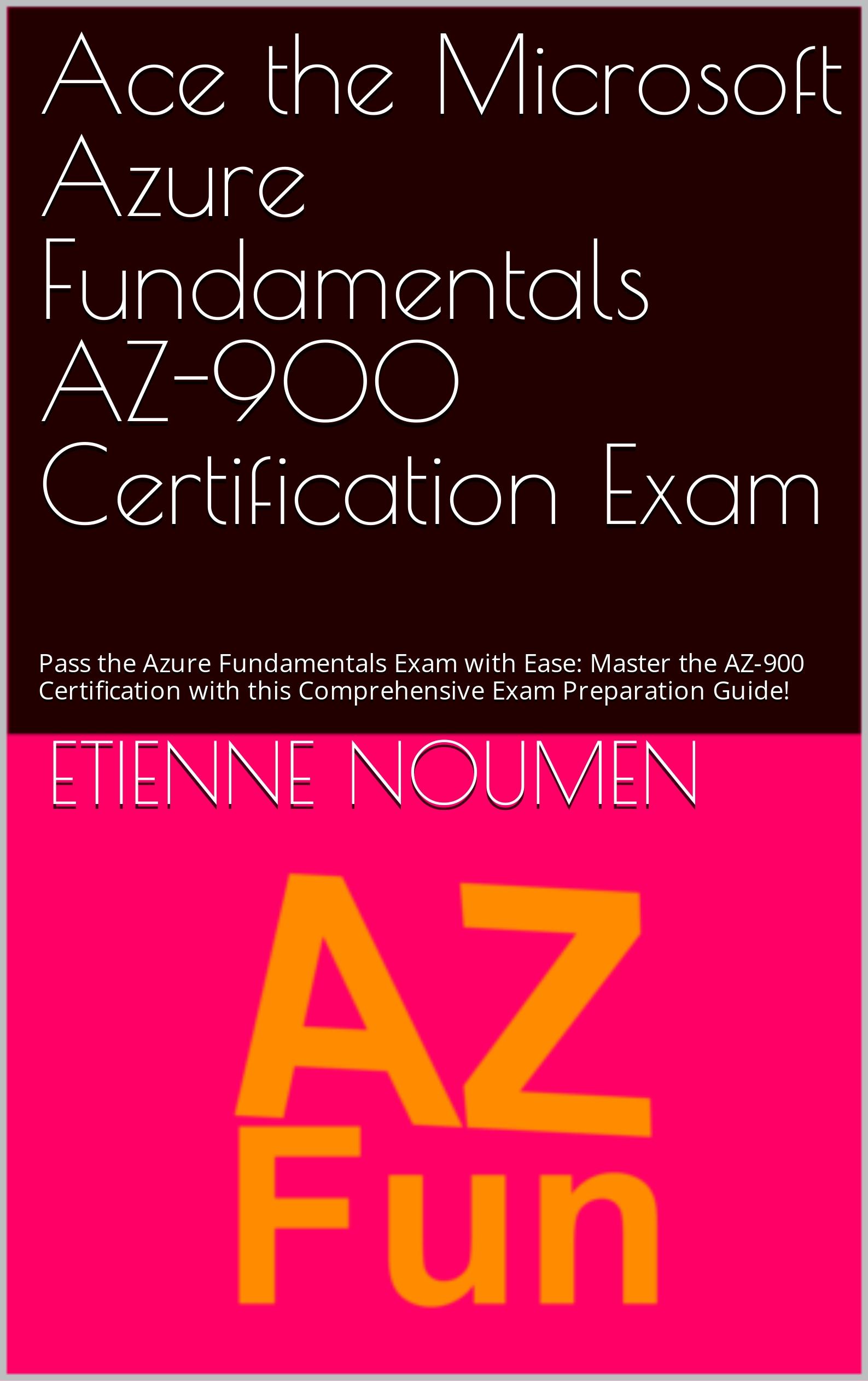
Djamgatech

Read Photos and PDFs Aloud for me iOS
Read Photos and PDFs Aloud for me android
Read Photos and PDFs Aloud For me Windows 10/11
Read Photos and PDFs Aloud For Amazon
Get 20% off Google Workspace (Google Meet) Business Plan (AMERICAS): M9HNXHX3WC9H7YE (Email us for more)
Get 20% off Google Google Workspace (Google Meet) Standard Plan with the following codes: 96DRHDRA9J7GTN6(Email us for more)
FREE 10000+ Quiz Trivia and and Brain Teasers for All Topics including Cloud Computing, General Knowledge, History, Television, Music, Art, Science, Movies, Films, US History, Soccer Football, World Cup, Data Science, Machine Learning, Geography, etc....

List of Freely available programming books - What is the single most influential book every Programmers should read
- Bjarne Stroustrup - The C++ Programming Language
- Brian W. Kernighan, Rob Pike - The Practice of Programming
- Donald Knuth - The Art of Computer Programming
- Ellen Ullman - Close to the Machine
- Ellis Horowitz - Fundamentals of Computer Algorithms
- Eric Raymond - The Art of Unix Programming
- Gerald M. Weinberg - The Psychology of Computer Programming
- James Gosling - The Java Programming Language
- Joel Spolsky - The Best Software Writing I
- Keith Curtis - After the Software Wars
- Richard M. Stallman - Free Software, Free Society
- Richard P. Gabriel - Patterns of Software
- Richard P. Gabriel - Innovation Happens Elsewhere
- Code Complete (2nd edition) by Steve McConnell
- The Pragmatic Programmer
- Structure and Interpretation of Computer Programs
- The C Programming Language by Kernighan and Ritchie
- Introduction to Algorithms by Cormen, Leiserson, Rivest & Stein
- Design Patterns by the Gang of Four
- Refactoring: Improving the Design of Existing Code
- The Mythical Man Month
- The Art of Computer Programming by Donald Knuth
- Compilers: Principles, Techniques and Tools by Alfred V. Aho, Ravi Sethi and Jeffrey D. Ullman
- Gödel, Escher, Bach by Douglas Hofstadter
- Clean Code: A Handbook of Agile Software Craftsmanship by Robert C. Martin
- Effective C++
- More Effective C++
- CODE by Charles Petzold
- Programming Pearls by Jon Bentley
- Working Effectively with Legacy Code by Michael C. Feathers
- Peopleware by Demarco and Lister
- Coders at Work by Peter Seibel
- Surely You're Joking, Mr. Feynman!
- Effective Java 2nd edition
- Patterns of Enterprise Application Architecture by Martin Fowler
- The Little Schemer
- The Seasoned Schemer
- Why's (Poignant) Guide to Ruby
- The Inmates Are Running The Asylum: Why High Tech Products Drive Us Crazy and How to Restore the Sanity
- The Art of Unix Programming
- Test-Driven Development: By Example by Kent Beck
- Practices of an Agile Developer
- Don't Make Me Think
- Agile Software Development, Principles, Patterns, and Practices by Robert C. Martin
- Domain Driven Designs by Eric Evans
- The Design of Everyday Things by Donald Norman
- Modern C++ Design by Andrei Alexandrescu
- Best Software Writing I by Joel Spolsky
- The Practice of Programming by Kernighan and Pike
- Pragmatic Thinking and Learning: Refactor Your Wetware by Andy Hunt
- Software Estimation: Demystifying the Black Art by Steve McConnel
- The Passionate Programmer (My Job Went To India) by Chad Fowler
- Hackers: Heroes of the Computer Revolution
- Algorithms + Data Structures = Programs
- Writing Solid Code
- JavaScript - The Good Parts
- Getting Real by 37 Signals
- Foundations of Programming by Karl Seguin
- Computer Graphics: Principles and Practice in C (2nd Edition)
- Thinking in Java by Bruce Eckel
- The Elements of Computing Systems
- Refactoring to Patterns by Joshua Kerievsky
- Modern Operating Systems by Andrew S. Tanenbaum
- The Annotated Turing
- Things That Make Us Smart by Donald Norman
- The Timeless Way of Building by Christopher Alexander
- The Deadline: A Novel About Project Management by Tom DeMarco
- The C++ Programming Language (3rd edition) by Stroustrup
- Patterns of Enterprise Application Architecture
- Computer Systems - A Programmer's Perspective
- Agile Principles, Patterns, and Practices in C# by Robert C. Martin
- Growing Object-Oriented Software, Guided by Tests
- Framework Design Guidelines by Brad Abrams
- Object Thinking by Dr. David West
- Advanced Programming in the UNIX Environment by W. Richard Stevens
- Hackers and Painters: Big Ideas from the Computer Age
- The Soul of a New Machine by Tracy Kidder
- CLR via C# by Jeffrey Richter
- The Timeless Way of Building by Christopher Alexander
- Design Patterns in C# by Steve Metsker
- Alice in Wonderland by Lewis Carol
- Zen and the Art of Motorcycle Maintenance by Robert M. Pirsig
- About Face - The Essentials of Interaction Design
- Here Comes Everybody: The Power of Organizing Without Organizations by Clay Shirky
- The Tao of Programming
- Computational Beauty of Nature
- Writing Solid Code by Steve Maguire
- Philip and Alex's Guide to Web Publishing
- Object-Oriented Analysis and Design with Applications by Grady Booch
- Effective Java by Joshua Bloch
- Computability by N. J. Cutland
- Masterminds of Programming
- The Tao Te Ching
- The Productive Programmer
- The Art of Deception by Kevin Mitnick
- The Career Programmer: Guerilla Tactics for an Imperfect World by Christopher Duncan
- Paradigms of Artificial Intelligence Programming: Case studies in Common Lisp
- Masters of Doom
- Pragmatic Unit Testing in C# with NUnit by Andy Hunt and Dave Thomas with Matt Hargett
- How To Solve It by George Polya
- The Alchemist by Paulo Coelho
- Smalltalk-80: The Language and its Implementation
- Writing Secure Code (2nd Edition) by Michael Howard
- Introduction to Functional Programming by Philip Wadler and Richard Bird
- No Bugs! by David Thielen
- Rework by Jason Freid and DHH
- JUnit in Action
#BlackOwned #BlackEntrepreneurs #BlackBuniness #AWSCertified #AWSCloudPractitioner #AWSCertification #AWSCLFC02 #CloudComputing #AWSStudyGuide #AWSTraining #AWSCareer #AWSExamPrep #AWSCommunity #AWSEducation #AWSBasics #AWSCertified #AWSMachineLearning #AWSCertification #AWSSpecialty #MachineLearning #AWSStudyGuide #CloudComputing #DataScience #AWSCertified #AWSSolutionsArchitect #AWSArchitectAssociate #AWSCertification #AWSStudyGuide #CloudComputing #AWSArchitecture #AWSTraining #AWSCareer #AWSExamPrep #AWSCommunity #AWSEducation #AzureFundamentals #AZ900 #MicrosoftAzure #ITCertification #CertificationPrep #StudyMaterials #TechLearning #MicrosoftCertified #AzureCertification #TechBooks
Top 1000 Canada Quiz and trivia: CANADA CITIZENSHIP TEST- HISTORY - GEOGRAPHY - GOVERNMENT- CULTURE - PEOPLE - LANGUAGES - TRAVEL - WILDLIFE - HOCKEY - TOURISM - SCENERIES - ARTS - DATA VISUALIZATION

Top 1000 Africa Quiz and trivia: HISTORY - GEOGRAPHY - WILDLIFE - CULTURE - PEOPLE - LANGUAGES - TRAVEL - TOURISM - SCENERIES - ARTS - DATA VISUALIZATION

Exploring the Pros and Cons of Visiting All Provinces and Territories in Canada.

Exploring the Advantages and Disadvantages of Visiting All 50 States in the USA

Health Health, a science-based community to discuss health news and the coronavirus (COVID-19) pandemic
- France warns of surge in imported dengue cases ahead of Olympicsby /u/euronews-english on April 24, 2024 at 3:27 pm
submitted by /u/euronews-english [link] [comments]
- Genetic analysis reveals H5N1 flu virus outbreak in cows likely started earlier than thoughtby /u/statnews on April 24, 2024 at 3:08 pm
submitted by /u/statnews [link] [comments]
- Chocolate milk can stay in school lunch program, Biden administration decidesby /u/CBSnews on April 24, 2024 at 1:52 pm
submitted by /u/CBSnews [link] [comments]
- See where abortions are banned and legal — and where it’s still in limboby /u/rytis on April 24, 2024 at 1:38 pm
submitted by /u/rytis [link] [comments]
- Fragments of bird flu virus genome found in pasteurized milk, FDA says | The test cannot tell if the virus is live. The FDA still assess milk supply as safe.by /u/chrisdh79 on April 24, 2024 at 10:55 am
submitted by /u/chrisdh79 [link] [comments]
Today I Learned (TIL) You learn something new every day; what did you learn today? Submit interesting and specific facts about something that you just found out here.
- TIL: Of the ~16 million Americans who served during WWII, there are around 119,550 who are still remainingby /u/today_okay on April 24, 2024 at 2:58 pm
submitted by /u/today_okay [link] [comments]
- TIL that all of the original "Mercury Seven" astronauts were the eldest or only sons of their family. All were raised in small towns & all were married w/ children. All were (white) protestants, and four were their fathers' namesakes. All had attended post-secondary institutions in the 1940s.by /u/abaganoush on April 24, 2024 at 1:53 pm
submitted by /u/abaganoush [link] [comments]
- TIL piranhas are typically peaceful scavengers. Their reputation is based on a story from Teddy roosevelt. The local amazonians wanted to impress him and starved the fish for a week before feeding them a cow.by /u/UltimateOreo on April 24, 2024 at 12:26 pm
submitted by /u/UltimateOreo [link] [comments]
- TIL that a Prime Minister's son begged for money. Ken'ichi Yoshida was son of Prime Minister of Japan Shigeru Yoshida. When they argued and father ended financial aid, Ken'ichi sat outside the International Press Club with a sign, "Prime Minister's son - penniless", forcing Shigeru to resume funds.by /u/TMWNN on April 24, 2024 at 11:52 am
submitted by /u/TMWNN [link] [comments]
- TIL that the West Side of Saint Paul, Minnesota is south of downtown. The separate city of West St. Paul (note the spelling) is also south of downtown Saint Paul. East of West St. Paul is the also separate city of South St. Paul. There is also a separate North Saint Paul (note the spelling).by /u/TMWNN on April 24, 2024 at 11:32 am
submitted by /u/TMWNN [link] [comments]
Reddit Science This community is a place to share and discuss new scientific research. Read about the latest advances in astronomy, biology, medicine, physics, social science, and more. Find and submit new publications and popular science coverage of current research.
- New research suggests psilocybin is safe and has similar side effects to traditional antidepressantsby /u/universityofga on April 24, 2024 at 3:12 pm
submitted by /u/universityofga [link] [comments]
- Consumption of certain food additive emulsifiers is associated with an increased risk of type 2 diabetes (cohort study of 104 139 adults, from May 2009 to April 2023).by /u/drhani on April 24, 2024 at 2:37 pm
submitted by /u/drhani [link] [comments]
- New way to combat muscle loss during ageing: researchers found that the TP53INP2 protein could be key in the fight against sarcopenia as elevated levels of it in muscle are associated with increased muscle strength and healthier ageing in humansby /u/giuliomagnifico on April 24, 2024 at 2:26 pm
submitted by /u/giuliomagnifico [link] [comments]
- If a person has a high-quality, late-life environment, it can mitigate the negative impact caused by early-life stressors, a new University of Michigan study shows. Researchers determined this human outcome after analyzing data from more than 1,000 wild red squirrels in Canada.by /u/umichnews on April 24, 2024 at 1:53 pm
submitted by /u/umichnews [link] [comments]
- PFAS are widespread and more likely to be found in public water systems serving low-income communities and communities of color in New Jerseyby /u/NGNResearch on April 24, 2024 at 1:52 pm
submitted by /u/NGNResearch [link] [comments]
Reddit Sports Sports News and Highlights from the NFL, NBA, NHL, MLB, MLS, and leagues around the world.
- Steelers not expected to pick up Fields' 5th-year optionby /u/Oldtimer_2 on April 24, 2024 at 3:41 pm
submitted by /u/Oldtimer_2 [link] [comments]
- NASCAR driver Erik Jones to miss Dover race because of broken lower vertebraby /u/Oldtimer_2 on April 24, 2024 at 2:58 pm
submitted by /u/Oldtimer_2 [link] [comments]
- Eagles' Isaiah Rodgers reinstated by NFL after yearlong gambling suspensionby /u/Oldtimer_2 on April 24, 2024 at 2:57 pm
submitted by /u/Oldtimer_2 [link] [comments]
- Marcel Hirscher is coming out of retirement. He plans to ski for the Netherlands, his mom's nationby /u/Oldtimer_2 on April 24, 2024 at 2:56 pm
submitted by /u/Oldtimer_2 [link] [comments]
- World's First Sports Bar Dedicated To Women's Sports Expands With Investment From Reddit Founderby /u/reeseinthecity on April 24, 2024 at 2:14 pm
submitted by /u/reeseinthecity [link] [comments]
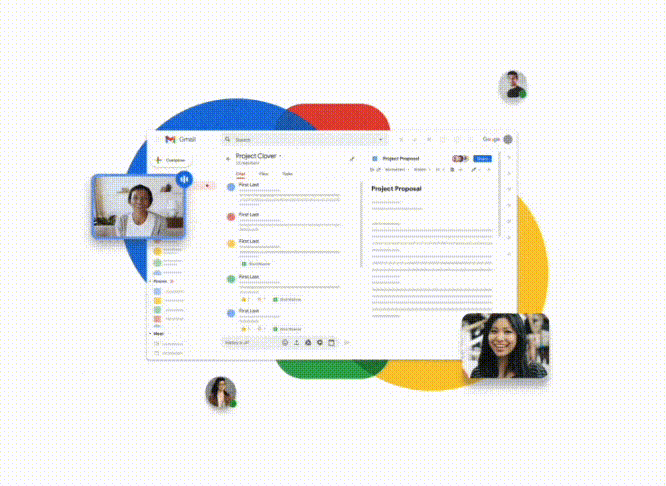








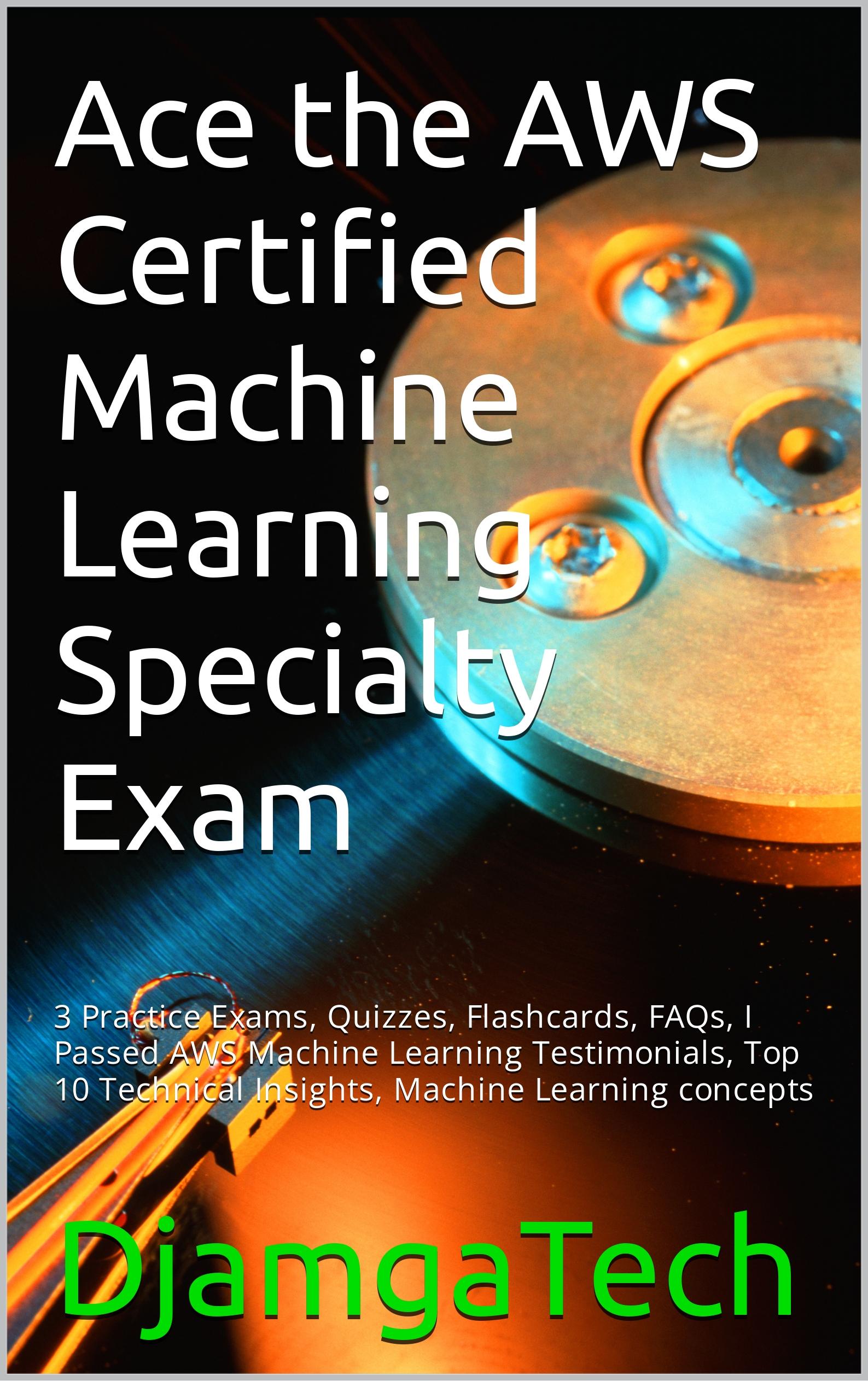

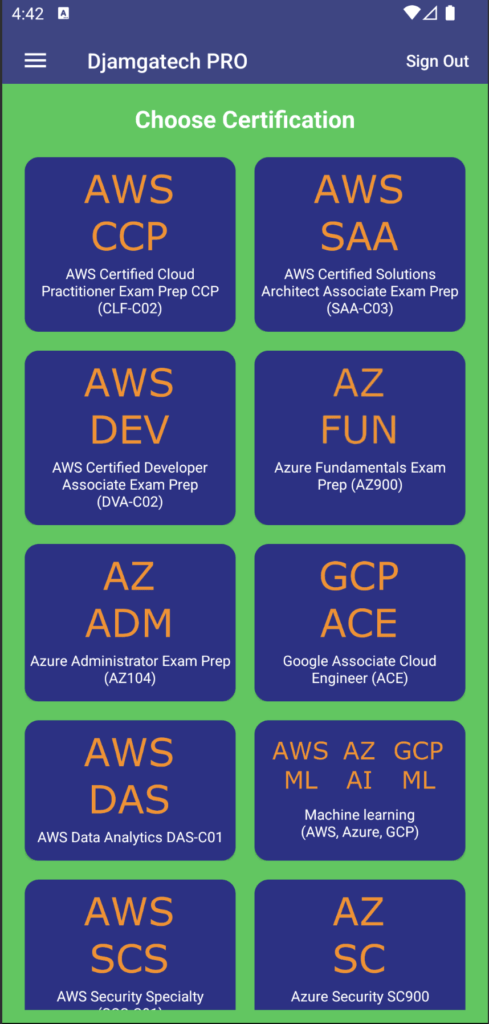

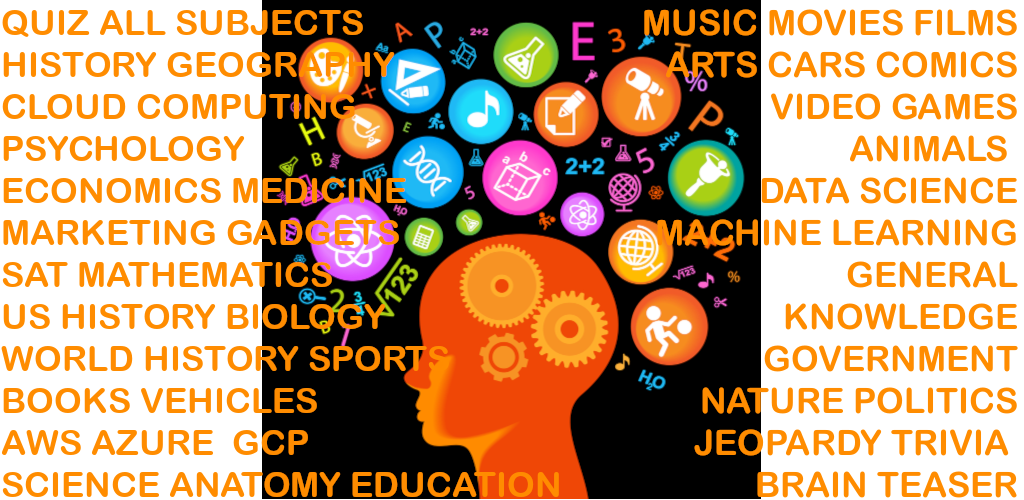

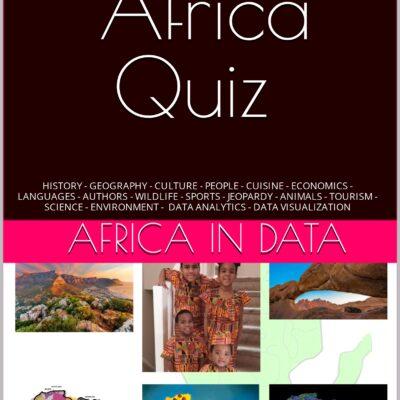

 96DRHDRA9J7GTN6
96DRHDRA9J7GTN6